5/24
Plant-Based Leaders | The BioPreferred Program

The USDA-Led Program that Promotes and Grows the Plant-Based Industry

For two decades, a small but deeply committed group of experts has promoted biobased products, the U.S. bioeconomy, and the many companies and agricultural interests that are involved in this fast-growing field.
These experts do not belong to a corporate interest group, professional association, university, or even a think tank.
Rather, they are the dedicated team of professionals who lead the BioPreferred® Program from within the vast expanses of the U.S. Department of Agriculture (USDA).
The team’s work on biobased products includes raising awareness, increasing federal procurement, facilitating certification and product labeling, and managing the BioPreferred Program Catalog. These high-profile and impactful endeavors create opportunities for companies across the plant-based product space.
The BioPreferred Program consists of two critical initiatives: a voluntary product labeling initiative and mandatory purchasing requirements for federal agencies and their contractors, informed by the BioPreferred Program Catalog.
The USDA Certified Biobased Product Label
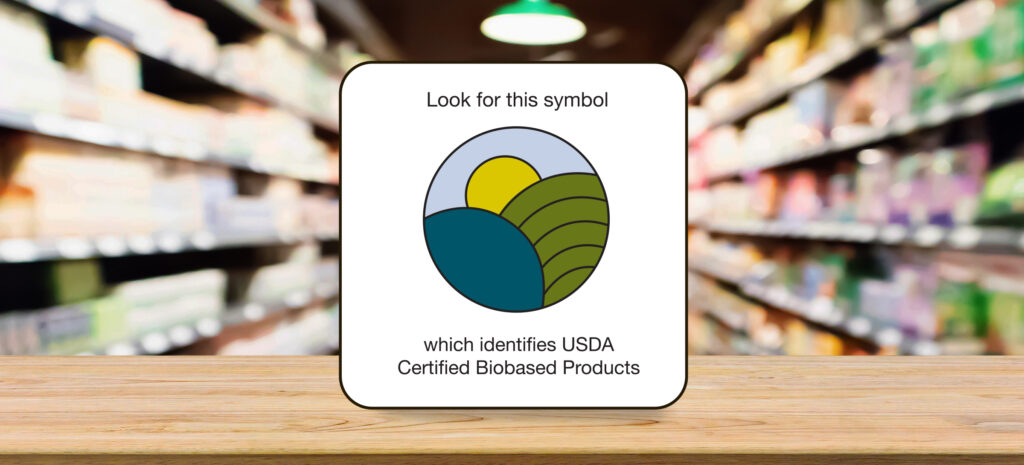
Certification leads to the USDA Certified Biobased Product Label, which details the biobased content of a product and helps guide consumer buying decisions. Not only is it one of the most popular and widely recognized labels in the biobased industry, but it is also the only one authorized and facilitated by the Federal Government.
“Our label has been seen on store shelves for more than 10 years,” said Andrew Jermolowicz, Director, Business Development Division, Rural Business-Cooperative Service, USDA Rural Development. “It was developed to make it easy for consumers to quickly identify biobased products.”
Just as important, the label delivers real economic benefits for the companies that use it.
“Roughly two thirds of consumers are willing to pay more for brands that support sustainability initiatives,” added Jermolowicz, citing a Nielson Global Corporate Sustainability Report.
“Many of these consumers, who are committed to sustainability and supporting rural communities, look for the USDA Certified Biobased Product Label,” said Jermolowicz.
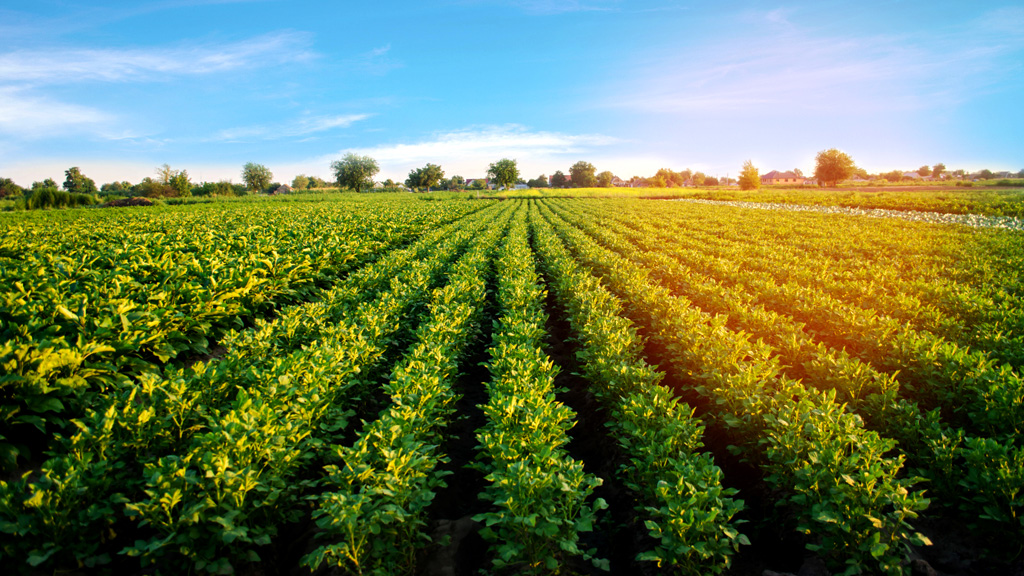
Roughly two thirds of consumers are willing to pay more for brands that support sustainability initiatives.
Today, the label is utilized by more than 1,700 companies across more than 6,900 products, spanning lubricants, detergents, inks, fertilizers, and bioplastics, among many others, though food, animal feed, and biofuels are not eligible to participate in the Program.
And the Program continues to grow as new companies join the effort and existing participants develop new products to earn the popular mark. Since 2019, the Program has seen a 129% increase in applications for certification, with a 193% increase in the number of companies participating. By 2026, the Program predicts there could be approximately 13,000 USDA Certified Biobased Products in the Catalog, and as many as 3,000 companies participating globally.
“As consumers continue to consider purchasing options with sustainable attributes, USDA wants to make it easy for them to identify biobased products while providing useful information about the biobased content of the product,” added Jermolowicz.
How Companies Can Get Their Products Certified
Companies wishing to get their products certified must first register their company within the BioPreferred Program and submit an application to USDA. Once approved, they send their product to an approved third-party testing lab, which verifies the product meets or exceeds USDA’s minimum biobased content requirement for that product category. The mandated minimum varies across product categories, with all new categories requiring at least 25% biobased content.
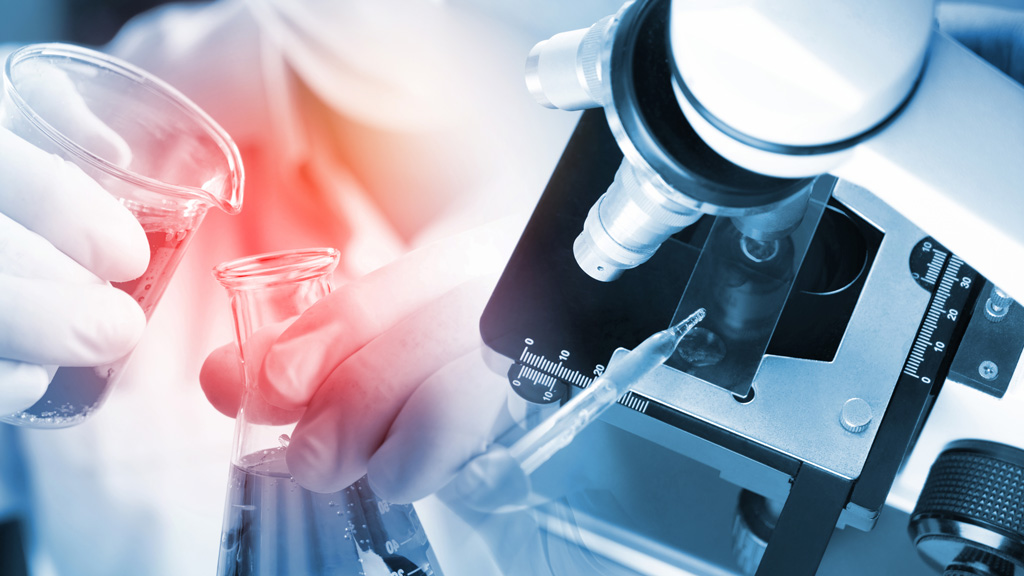
Businesses can learn more and submit their applications in just a few simple steps by reviewing the links under “How to Participate” on the BioPreferred Program website (www.biopreferred.gov). The site also contains information on the three phases of the certification process – application, testing, and certification.
“It’s easy to get started,” said Jermolowicz.
How Companies Can Benefit from the Catalog
The BioPreferred Program Catalog is the largest listing of biobased products in the world, with nearly 8,000 products eligible for federal purchasing preference in 139 categories. The catalog originated with federal mandates directing agencies to buy more biobased products.
Federal acquisition professionals and contracting officers must include biobased product requirements in their federal solicitations, blanket purchase agreements, contracts, and specifications. Requirements also extend to transactions made through purchase cards, electronic catalogs, and other procurement vehicles.
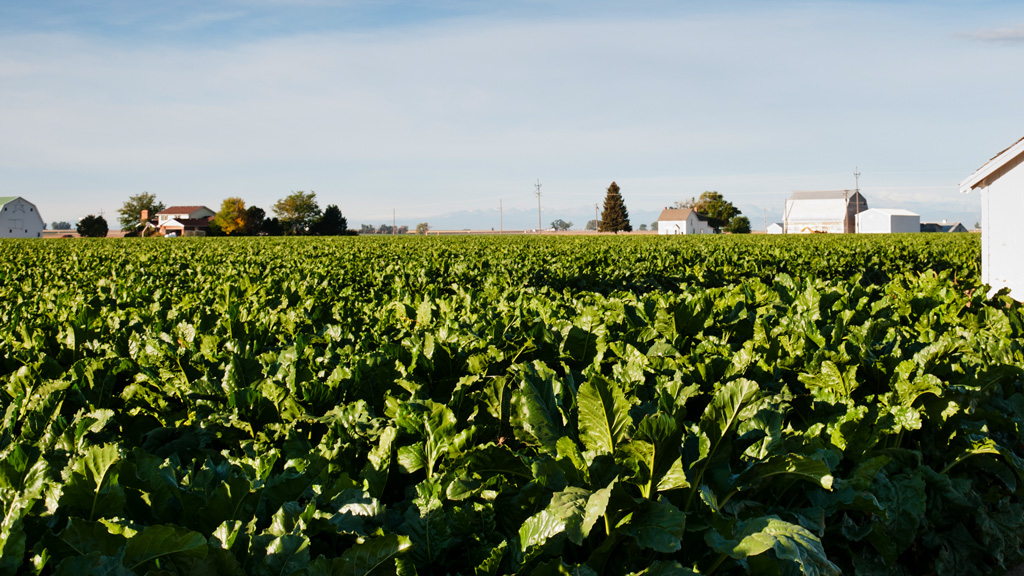
That creates a vast market for businesses. In 2022, federal agencies reported purchasing nearly $100 million in biobased products across 65 federal government agencies and subagencies. The Department of Defense alone accounted for nearly half that value at $52 million, with USDA and the Department of Veterans Affairs rounding out the top three. The largest category by value purchased in 2022 was “Construction and Renovation” at $74.3 million.
“For companies and products not already listed in the Catalog, this represents an incredible untapped market opportunity. But companies need to learn how to use the Catalog to their benefit,” said Jermolowicz.

The largest category by value purchased in 2022 was “Construction and Renovation” at $74.3 million.
Registering a product in the Catalog does not mean that federal agencies will automatically buy it. Selling to the federal government requires becoming familiar with the acquisition process; registering as a federal government vendor (or aligning with a business that already is); identifying and targeting specific sales opportunities; and then reporting purchases within the System for Award Management (SAM).
“For example, a company that manufactures biobased floor cleaner may need to conduct research to identify companies that have federal janitorial service contracts or are interested in cracking the federal market,” said Jermolowicz. “Then the biobased provider can pursue that contractor as a business-to-business (B2B) partnership opportunity.”
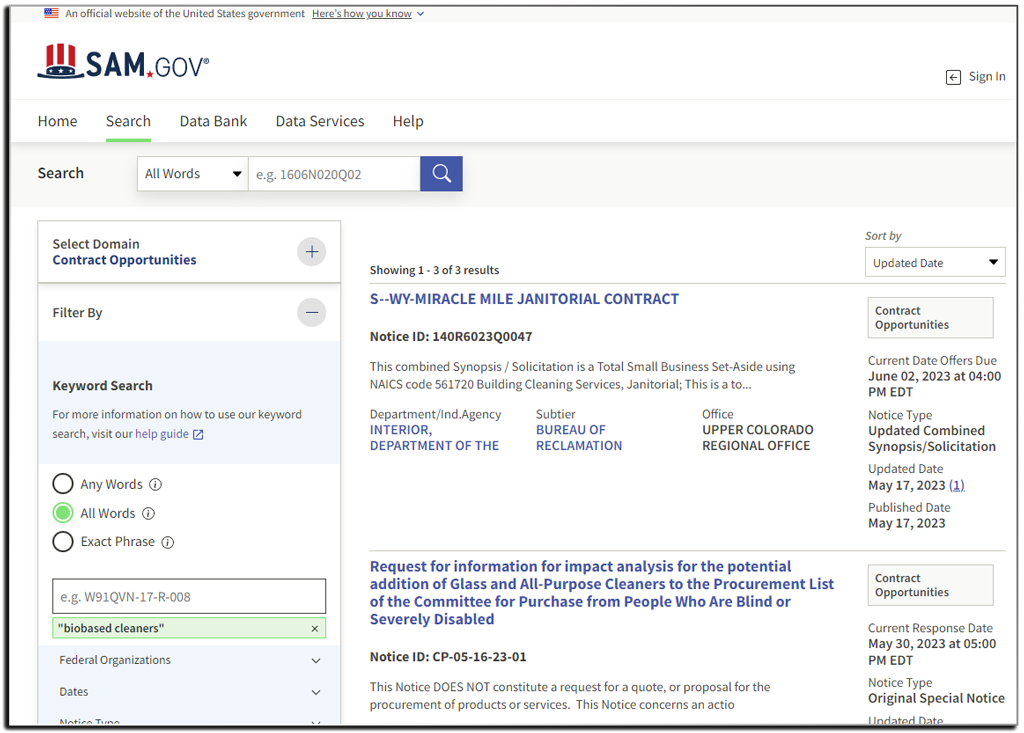
That type of contracting information is publicly available. SAM.gov posts federal contract opportunities, including pre-solicitation, solicitation, and award notices, along with sole source notices. Most federal agencies also maintain subcontracting directories that are published annually and available on their websites. The purpose of subcontracting directories is to provide businesses with information about prime contractors leading to potential subcontracting opportunities. It’s a win for the prime contractors, too, as that B2B relationship can help a prime contractor win federal contracts because of their ability to help agencies meet federal requirements.
Of course, the BioPreferred Program Catalog can be utilized in other ways as well.
“We understand that businesses also use the Catalog to support market research, identify opportunities, and build partner relationships,” said Jermolowicz. “In addition, consumers use the Catalog to find which products and brands are USDA Certified Biobased.”
Support From the Top of USDA
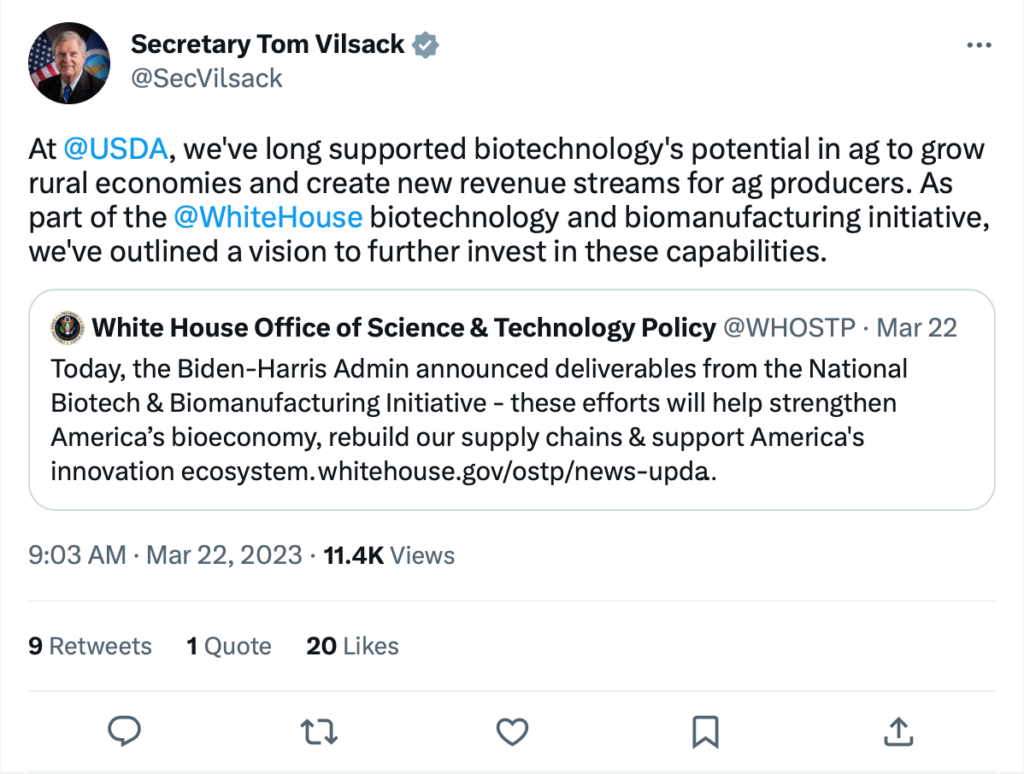
USDA Secretary Tom Vilsack spoke about the power of the Catalog at the annual USDA Agricultural Outlook Forum in February, noting that the Administration is actively encouraging federal agencies to reference the Catalog when they purchase biobased products.
In the same speech, the Secretary brought attention to some of the advancements being made in the sector. He cited, for example, biotechnology products “that will repair roads more easily and less expensively, by using soybeans and converting them into an asphalt-type product. We are now investing in a biobased economy that will over time give us the ability to create from agricultural waste.”
Tying the Mission to Rural America
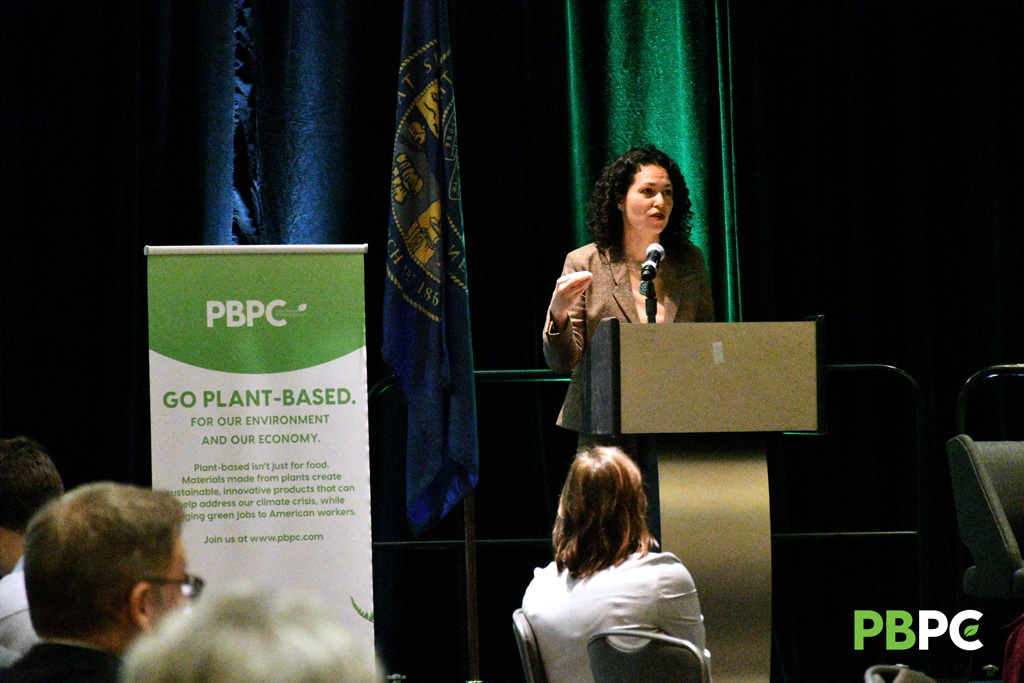
USDA Rural Development Under Secretary Xochitl Torres Small spoke at the first annual PBPC conference, PBPC 2023: Circular Solutions, in late March mentioning the success of the USDA Certified Biobased Product Label and the Catalog, telling gathered stakeholders, “You can help get the word out and work with people on the ground, and also work with PBPC to leverage these programs.”
And she sought to highlight recent activity by the Administration in the bioeconomy space. “This is a growing area of focus for the federal government in this moment of industry growth,” she said, referring to the September Executive Order on bioproducts and the subsequent March report from the Administration, titled “Bold Goals for U.S. Biotechnology and Biomanufacturing: Harnessing Research and Development to Further Societal Goals.”
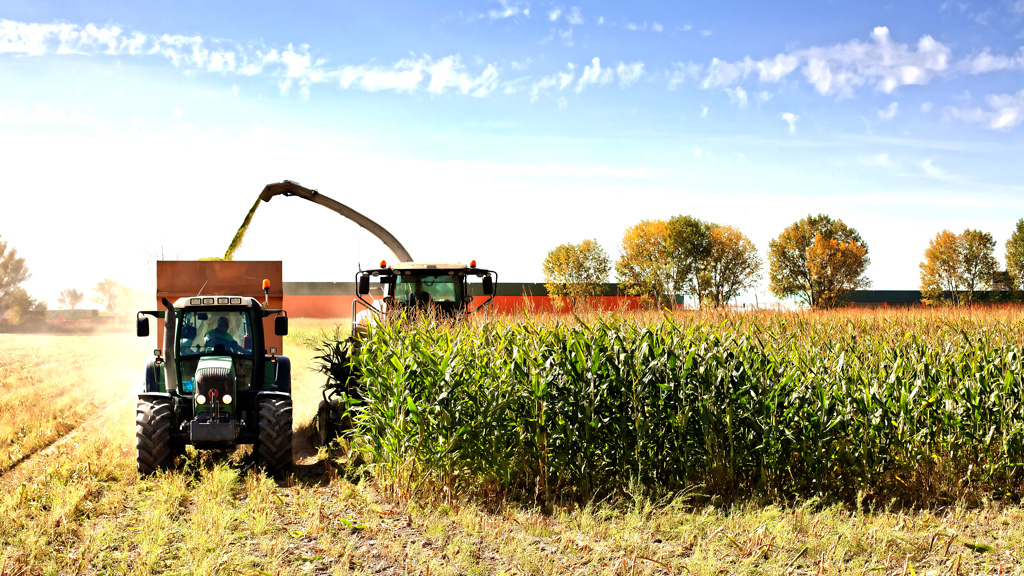
These products have the opportunity to sustain rural places and people…adding value and helping to create options for farmers and rural communities.
Among those bold goals, the report sets a high bar for the government and the plant-based industry, aiming in the next two decades to “demonstrate and deploy cost-effective and sustainable routes to convert biobased feedstocks into recyclable-by-design polymers that can displace more than 90% of today’s plastics and other commercial polymers at scale.”
And she emphasized the role of rural America in both achieving these goals and reaping the benefits.
“The things we grow should become products, not just byproducts,” the Under Secretary told the PBPC crowd. “These products have the opportunity to sustain rural places and people…adding value and helping to create options for farmers and rural communities.”
Interested in learning more about how plant-based products contribute to a more sustainable economy? Sign up for our newsletter.
